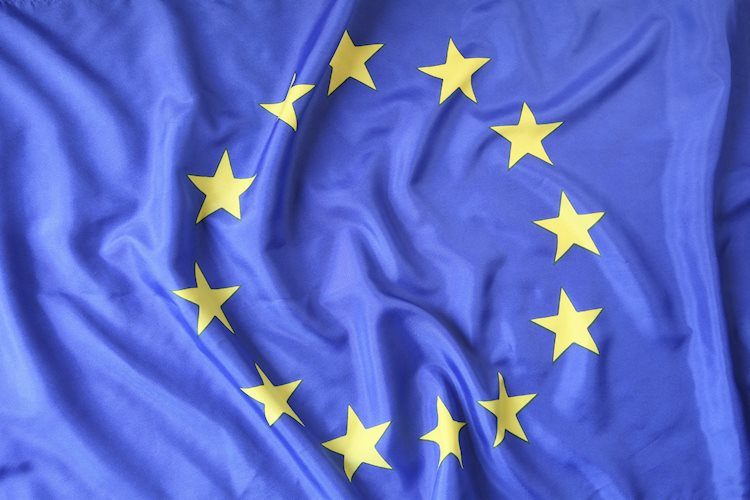- The Eurozone manufacturing PMI for October was 45.9, higher than expected at 45.1.
- The block's services PMI fell to 51.2 in October compared to the expected 51.6.
- EUR/USD maintained its rise around 1.0800 following the German Eurozone PMI data.
of euro area Preliminary data from the latest Purchasing Managers' Index (PMI) survey released by HCOB on Thursday showed that while the contraction in manufacturing eased in October, activity in services worsened further.
The Eurozone Manufacturing Purchasing Managers' Index (PMI) for October was 45.9, up from 45.0 in September and above expectations of 45.1. The index has recovered to a five-month high.
The service PMI for the region was 51.2 in October, down from 51.4 in September. This statistic was below the market consensus of 51.6 and was the lowest in eight months.
HCOB Eurozone Comprehensive PMI October's forecast was 49.7, a slight improvement to 49.7 compared to September's 49.6. This statistic was the highest level in two months.
EUR/USD reaction to Eurozone PMI data
euro/usd Eurozone composite PMI data returned to 1.0800, with a daily increase of 0.18%.
Euro Frequently Asked Questions
The euro is the currency of the 19 European Union countries that belong to the euro area. It is the second most traded currency in the world after the US dollar. In 2022, it accounted for 31% of all foreign exchange transactions, with an average daily trading volume of over $2.2 trillion. EUR/USD is the most frequently traded currency pair in the world, accounting for an estimated 30% of all trades, followed by EUR/JPY (4%), EUR/GBP (3%), and EUR/AUD (2%). ) and so on.
The European Central Bank (ECB), located in Frankfurt, Germany, is the reserve bank of the euro area. The ECB sets interest rates and controls monetary policy. The ECB's main task is to maintain price stability, which means controlling inflation or stimulating growth. The main means of doing so is raising or lowering interest rates. Relatively high interest rates, or expectations of rising interest rates, usually benefit the euro and vice versa. The ECB Governing Council decides monetary policy at its eight annual meetings. Decisions will be made by the heads of the euro zone national banks and the six permanent members of the ECB, including Christine Lagarde, president of the ECB.
Eurozone inflation data, measured by the Harmonized Index of Consumer Prices (HICP), is an important econometric indicator for the euro. If inflation rises more than expected, especially above the ECB's 2% target, the ECB will mandate interest rate hikes to rein in inflation. Relatively high interest rates compared to other countries typically benefit the euro, as it makes the region more attractive to global investors as a place to park their funds.
The data release will gauge the health of the economy and could have an impact on the euro. Indicators such as GDP, manufacturing and services PMIs, employment, and consumer sentiment surveys can all influence the direction of the single currency. A strong economy is good for the euro. This could not only attract more foreign investment but also prompt the ECB to raise interest rates, which could directly lead to a stronger euro. Otherwise, if economic indicators are weak, the euro is likely to weaken. Economic data for the euro area's four largest economies (Germany, France, Italy and Spain) is particularly important, as they account for 75% of the euro area economy.
Another important data regarding the euro is the trade balance. This indicator measures the difference between what a country earns from exports and what it spends on imports over a given period of time. If a country produces highly sought-after export goods, the value of its currency increases purely due to the additional demand generated from foreign buyers seeking to purchase these goods. Therefore, if the net trade balance is positive, the currency strengthens, and vice versa if it is negative.

